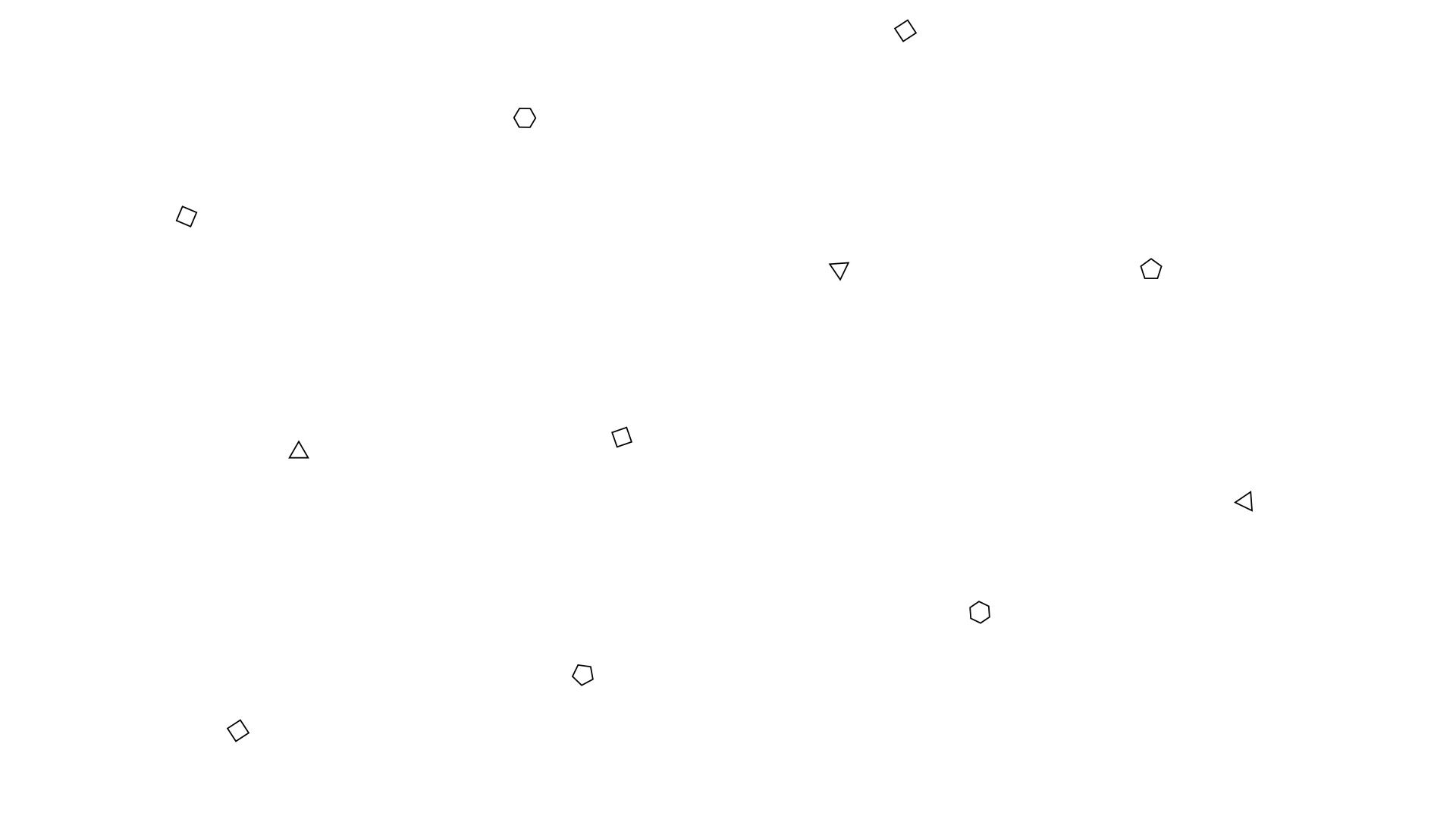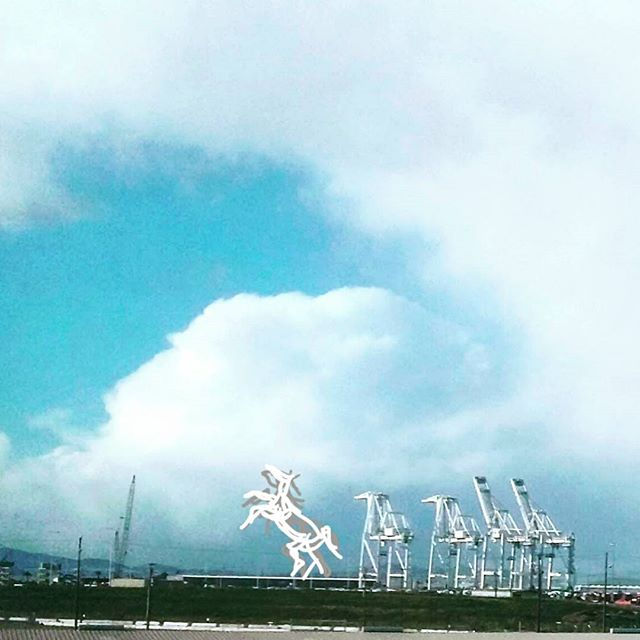Self Organizing Systems
- Sakthi R

- May 18, 2020
- 4 min read
Differentiation in Propagation
The sequence of this article will flow with the introduction of the sciences of complexity, the theory of cybernetics and thereby emergence entailing upon differentiation. Quoting occurrences in nature, the causal effects for differentiation will be discussed as parameters and as phenomenon. Later the application of bio mimicry in and as design with its relevance into material science and architecture will be delved into.
“The world is in all the plurality of its parts and forms is the
phenomenon, the objective and the one will to life”
- Schopenhauer
Apart from the man made realm to Architecture, it, as a science of building opens the vista to wonder the functioning of nature as an ecological system. Certain attributes that describe ecological systems are:
(i) The System is comprised into many parts; Organism and species
(ii) It functions as an open system within arbitrary boundaries, governed by thermal equilibrium
(iii) The parts respond, adapt and adjust to the surroundings
(iv) The behavior is non linear and context specific and related genetically in a hierarchy and hence it is irreversible
(v) The non-linearity leads to complexity and thereby emergence of the system.

Emergence is the development process that unfolds over time. As Tom De Wolf and Tom Holvoet describe; “A system exhibits emergence when there are coherent emergents (property, behavior, structure, etc.) at the macro level, that dynamically arise from interaction between parts at the micro level. Such emergents are novel with regards to the individual parts of the system.”
From this two components can be understood: the Genome and the Phenome. The Genome is the genetically inherent information and phenome is the acquired information in response to the environment. Dynamical processes that unfold over time develop complexity of form and behavior through the interaction of simple constituents, proceeding without central directions. This brings us to the understanding of the “sciences of complexity”, which comprises of system theory, cybernetics and theory of complexity as explained below.
System theory: Concepts and principles of organization in natural systems are independent of the domain of any one particular system.
Cybernetics: as defined by Norbert Wiener as "the scientific study of control and communication in the animal and the machine." It can be understood as local decision making and reaction, where action by the system generates some change in its environment and that change is reflected in that system in some manner (feedback) that triggers a system change.
Theory of Complexity: Complexity increases when variety (distinction) and dependency (connection) of parts increases. The process of increase in variety is called differentiation and increase in no. of strength of connections is called integration.
The variations occur between the Form, Structure and Material. The geometry and hierarchical organization between the variants decide the functional capacity of the system to maintain the thermal equilibrium of nature.

BIG and AKT, REN Peoples Building competition proposal,Shanghai, China, 2006
Optimisation pattern of the bracing system for the REN Tower proposal: a deep, structural pattern of packed and stacked, variable sized,structurally scaled circles.
Biomorphic design might take on a new significance if, instead of ignorantly copying the shapes of animals and plants, we were to acknowledge that biomimetics teaches that shape is the most important parameter of all. This is probably the most powerful pattern, and TRIZ formulates it so that it is almost impossible not to achieve a novel solution. The novelty is based in the ability of TRIZ to ignore the walls that most people erect between their areas of expertise or knowledge, enabling access to ‘unknown knowns’ – things you didn’t know you knew – which are not recognised because they seem irrelevant to the problem. The three main rules to follow are:
1) to imagine the ideal result irrespective of thetechnology required to deliver it;
2) to state that result in terms of the function required rather than the means of delivery;
3) to list and be aware of all of the available resources (including time, gravity, space, etc.)
Perhaps the most intelligent use of parametric modelling is to explore new formal disciplines to bring a wide range of increased efficiencies, in terms of structure, energy, constructional assembly, shaping of flows of people, air and so on. For instance, the Swiss Re building - although still a glacially forbidding, stand-alone modernist work - was designed using parametric modelling to achieve new levels of efficiency in structure (20 per cent less steel than an equivalent tower) and energy use. As Spanish critic Luis Fernández-Galiano reminds us in Fire and Memory, architecture involves construction and combustion: buildings have energy-consuming metabolisms that heat, cool and ventilate them, and their materials are manufactured in various other metabolic processes.
Other computer-dependent techniques were used to design Swiss Re. These include Computational Fluid Dynamics to model climatic conditions inside and out, and Space Syntax axial analysis to check whether the square would be used.
References
1. Emergent Technologies and Design - Towards a biological paradigm for architecture
By Michael Hensel, Achim Menges and Michael Weinstock
2. Morpho-ecologies -Towards Heterogeneous Space in Architectural Design edited by Michael Hensel, Achim Menges
3. Biomimicry, An analysis of contemporary biomimetic approaches, by Sakthivel Ramaswamy, 2007
4. Article: Theory of Incompleteness and undecidability, by Kurt Godel
5. Article: Life at the edge of chaos, Norman Packard
6. Parametricism and the Autopoiesis of Architecture, Lecture by Patrik Schumacher, SCI-Arc, Los Angeles, September 2010 http://www.patrikschumacher.com/Texts/Parametricism%20and%20the%20Autopoiesis%20of%20Architecture.html
7. Matter – Material processes in Architectural Production, edited by Gail Peter Borden & Michael Meredith
8. Patterns of Architecture, AD Series, Nov-Dec 2009
9. Cellular Solids: Structure and Properties By Lorna J. Gibson, Michael F. Ashby




Comments